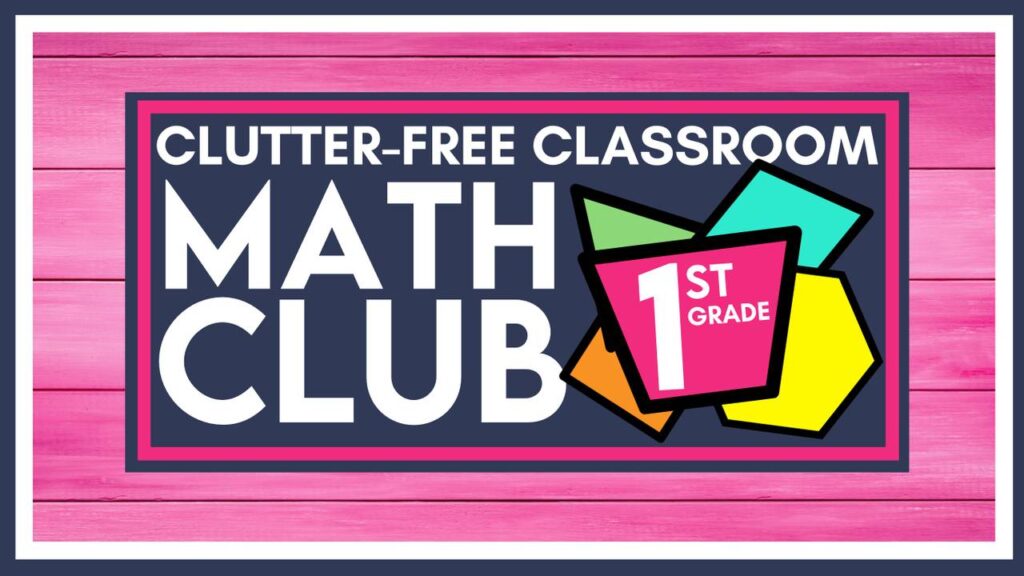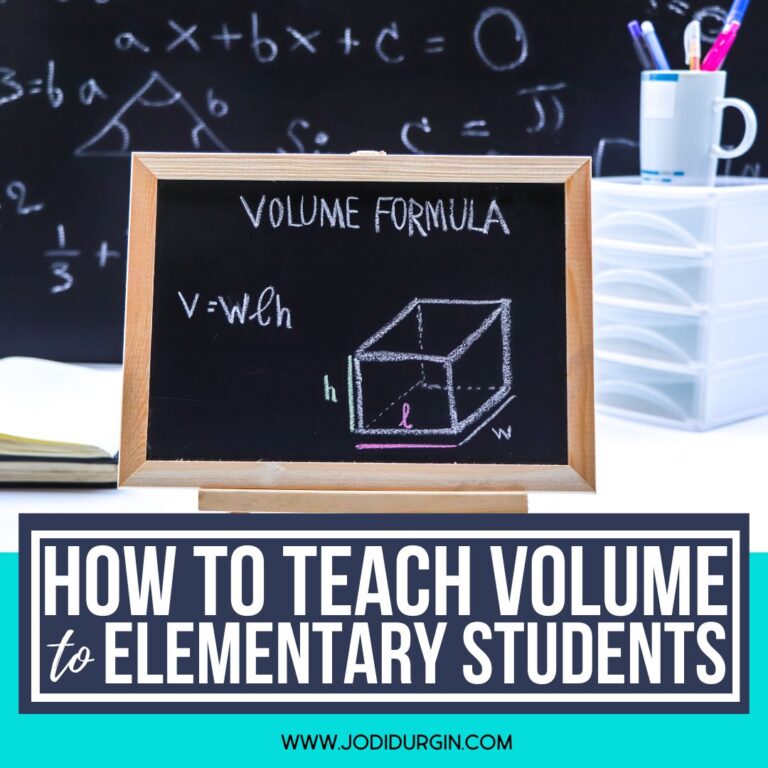If you are an elementary teacher looking for tips and ideas for how to teach place value, then you found the right place! Learn what place value is, why it’s important, what your students need to know, and get 5 helpful tips for teaching it in a fun and engaging way. Read all about teaching place value below!

What is Place Value?
Place value is the foundation of our number system and the core of understanding mathematics. In our base ten number system, the position of a number determines its value. Each place represents ten times the value of the place to the right of it.
Why is Place Value Important?
It is important for students to learn place value because students at the elementary level need to develop a strong conceptual understanding of place value in order to grow both their math confidence and skill sets as they approach more complex numbers and situations.
What Place Value Skills Do Students Need to Know?
Below are the Common Core and TEKs that relate to place value that define what students should be able to do by the end of the school year.
Common Core Standards
Below are the CCSS related to how to teach place value.
1st Grade
- Understand that the two digits of a two-digit number represent amounts of tens and ones. Understand the following as special cases: (1.NBT.B.2)
- 10 can be thought of as a bundle of ten ones — called a “ten.” (1.NBT.B.2.A)
- The numbers from 11 to 19 are composed of a ten and one, two, three, four, five, six, seven, eight, or nine ones. (1.NBT.B.2.B)
- The numbers 10, 20, 30, 40, 50, 60, 70, 80, 90 refer to one, two, three, four, five, six, seven, eight, or nine tens (and 0 ones). (1.NBT.B.2.C)
2nd Grade
- Understand that the three digits of a three-digit number represent amounts of hundreds, tens, and ones; e.g., 706 equals 7 hundreds, 0 tens, and 6 ones. Understand the following as special cases: (2.NBT.A.1)
- 100 can be thought of as a bundle of ten tens — called a “hundred.” (2.NBT.A.1.A)
- The numbers 100, 200, 300, 400, 500, 600, 700, 800, 900 refer to one, two, three, four, five, six, seven, eight, or nine hundreds (and 0 tens and 0 ones). (2.NBT.A.1.B)
3rd Grade
- N/A
4th Grade
- Recognize that in a multi-digit whole number, a digit in one place represents ten times what it represents in the place to its right. For example, recognize that 700 ÷ 70 = 10 by applying concepts of place value and division. (4.NBT.A.1)
5th Grade
- N/A
TEKS
Below are the TEKS related to how to teach place value.
1st Grade
- Use concrete and pictorial models to compose and decompose numbers up to 120 in more than one way as so many hundreds, so many tens, and so many ones. (1.2.B)
2nd Grade
- I can use models to make a number that has hundreds, tens and ones. (2.1.A)
- Use concrete and pictorial models to compose and decompose numbers up to 1,200 in more than one way as a sum of so many thousands, hundreds, tens, and ones. (2.2.A)
- Use standard, word, and expanded forms to represent numbers up to 1,200. (2.2.B)
3rd Grade
- Describe the mathematical relationships found in the base-10 place value system through the hundred thousands place. (3.2B)
4th Grade
- N/A
5th Grade
- N/A
5 Tips for How to Teach Place Value
Below are 5 helpful tips for teaching place value to elementary students.
1. Read Aloud Picture Books that Teach Place Value
Reading aloud picture books is a great way to integrate literacy into your math block and present information in a different way. Our favorite picture books for teaching place value are A Million Dots by Andrew Clements, Monster Math by Anne Miranda and On Beyond a Million: An Amazing Math Journey by David M. Schwartz. Check out the full list of math picture books we recommend!
2. Offer Hands On Learning Experiences
Hands-on math experiences help students make connections, remember their learning, and develop a deep conceptual understanding of the content. You can make any lesson interactive and engaging by offering math manipulatives. Our favorite math manipulatives for teaching place value are base-ten blocks, number tiles and place value frames.
3. Explicitly Teach Related Math Vocabulary
Teaching math vocabulary is essential for all students, but it is especially beneficial for students who speak English as a second language and students with learning differences. Key vocabulary terms for place value are digit, multi-digit, rods, units, base-ten system, place value, position, tens, ones, zero, regroup, standard form, word form, expanded form, base-ten system, base-ten model, model, tens, ones, hundreds, thousands, concrete model, pictorial model, digit, multi-digit, flats, rods, units, place position and value.
4. Give Students Opportunities to Apply Place Value to the Real World
Learning becomes more meaningful when students understand how it connects to the real world. Students are more engaged and invested in their learning. Some examples of ways we use place value in the real world are when we determine costs, weight, distances, and time. Project based learning and word problems are examples of opportunities for students to apply their learning to real world situations.
5. Encourage Parent Involvement
Parent participation in math is essential because it impacts students’ attitude toward math, proficiency levels this school year, and future success in their math education. Be sure to keep communication open with families and share ways they can support their children in their math learning. Some examples of ways they can practice place value at home are determining if they would rather have 12 m&m’s or 21 m&m’s for dessert after dinner, deciding which store has the best price for that new video game and the shortest route to the park.
In closing, we hope you found this information about how to teach place value helpful!












